Transmission Shafts | Automotive, Industrial, Custom
1. What is a Transmission Shaft?
A transmission shaft is a rotating component used to transmit power from one part of a machine to another. It is designed to handle torsional stress and ensure the efficient transfer of energy, typically from a power source like an engine to a driven component such as wheels or gears.
1.1. Key Materials for Transmission Shafts
The choice of material for transmission shafts is crucial for their performance and durability. Common materials include:
Carbon Steel: Offers good strength and wear resistance.
Alloy Steel: Provides enhanced durability and toughness.
Stainless Steel: Known for its excellent corrosion resistance.
Chromoly Steel: Combines chromium and molybdenum for superior strength and fatigue resistance.
Forged Steel: Used for applications requiring high impact resistance.
1.2. Manufacturing Processes of Transmission Shafts
The manufacturing of transmission shafts involves several processes to ensure they meet the required specifications and performance standards. Key processes include:
Turning: Shapes the outer surface of the shaft.
Milling: Used for creating complex geometries such as splines and keyways.
Grinding: Ensures high precision and smooth surface finish.
Heat Treatment: Enhances the mechanical properties like hardness and strength.
Surface Finishing: Processes like polishing, plating, and coating improve durability and resistance to wear and corrosion.
1.3. Types of Transmission Shafts
1. Input Shaft
Function: Receives power from the engine or motor.
Applications: Found in gearboxes, transmissions, and machinery where power enters the system.
2. Output Shaft
Function: Delivers power to the final drive mechanism.
Applications: Used in vehicles and machinery where power is transferred to the wheels or other driven components.
3. Counter Shaft
Function: Transmits power between the input and output shafts.
Applications: Common in manual transmissions where it connects various gears.
4. Intermediate Shaft
Function: Serves as a bridge between the main shafts.
Applications: Found in multi-stage gear systems.
Function: Features grooves or splines for precise alignment and secure connections.
Applications: Used in automotive, aerospace, and industrial machinery.
6. Hollow Shaft
Function: Reduces weight without significantly compromising strength.
Applications: Ideal for applications where weight reduction is crucial, such as aerospace and robotics.
7. Flexible Shaft
Function: Allows for slight bending and movement while transmitting power.
Applications: Used in tools and machinery that require flexibility in the shaft.
1.4. Applications of Transmission Shafts
Transmission shafts are used across various industries, including:
- Automotive: In drivetrains, gearboxes, and differentials.
- Industrial Machinery: In conveyor systems, pumps, and compressors.
- Aerospace: In propulsion systems and control mechanisms.
- Marine: In propeller shafts and engine transmissions.
- Agriculture: In tractors and other farming equipment.
2. Importance of Proper Shaft Alignment
Proper alignment of transmission shafts is critical to prevent excessive wear, vibration, and failure. Misalignment can lead to increased maintenance costs and reduced efficiency. Techniques for ensuring alignment include:
- Laser Alignment: Uses laser beams to achieve precise alignment.
- Dial Indicator: Measures misalignment and adjusts accordingly.
- Coupling Alignment: Ensures that connected shafts are aligned properly.
3.Cost Considerations in Shaft Manufacturing
The cost of manufacturing transmission shafts depends on several factors:
- Material Costs: Higher quality materials typically cost more.
- Complexity: Intricate designs and tighter tolerances increase manufacturing costs.
- Production Volume: Larger production runs can reduce per-unit costs.
- Surface Finishing: Additional finishing processes add to the overall cost but enhance performance.
4. Surface Finishing Processes
Surface finishing processes improve the performance and longevity of transmission shafts. Common processes include:
- Polishing: Achieves a smooth, reflective surface, reducing friction and wear.
- Plating: Adds a protective layer, such as chrome or nickel, to enhance wear and corrosion resistance.
- Anodizing: Used for aluminum shafts to improve corrosion resistance.
- Coating: Protective coatings, such as powder coating or paint, provide additional protection.
5. Quality Control in Shaft Manufacturing
Ensuring high quality in transmission shaft manufacturing involves rigorous quality control measures:
Dimensional Inspections: Using precision measuring tools to ensure shafts meet specified tolerances.
Material Testing: Verifying the material properties to meet required standards.
Surface Quality Checks: Inspecting the surface finish for defects or inconsistencies.
Functional Testing: Ensuring the shaft performs correctly in its intended application.
Conclusion
Transmission shafts are vital components in many mechanical systems, ensuring efficient power transfer and motion control. Understanding the different types of shafts, their materials, manufacturing processes, and applications can help in selecting the right shaft for your needs. Proper alignment, surface finishing, and quality control are essential for ensuring the longevity and performance of transmission shafts.

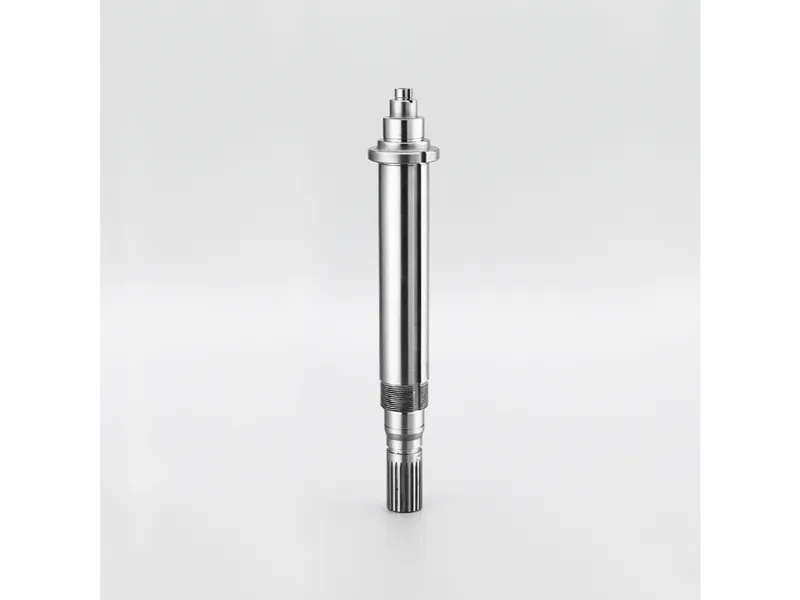
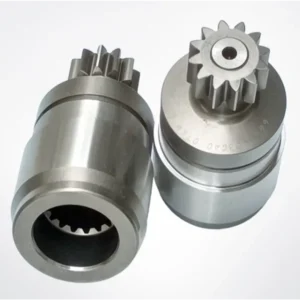
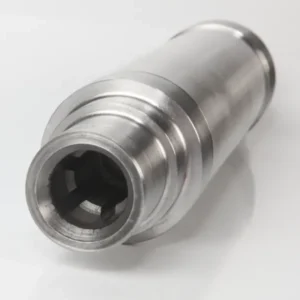
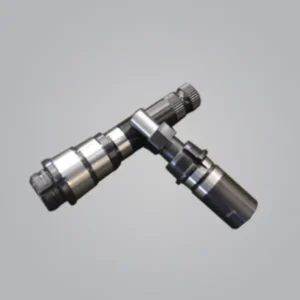
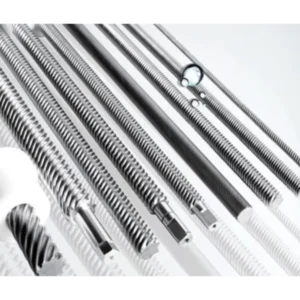
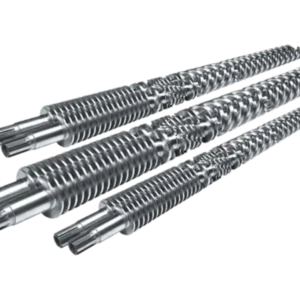
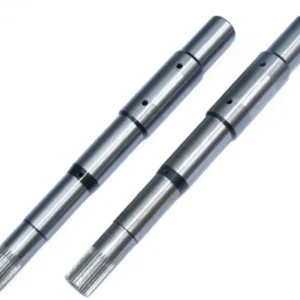
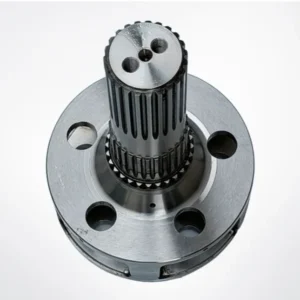
Reviews
There are no reviews yet.